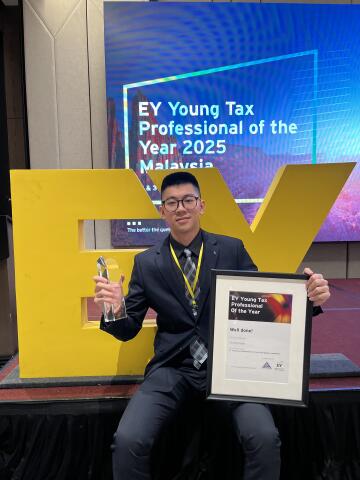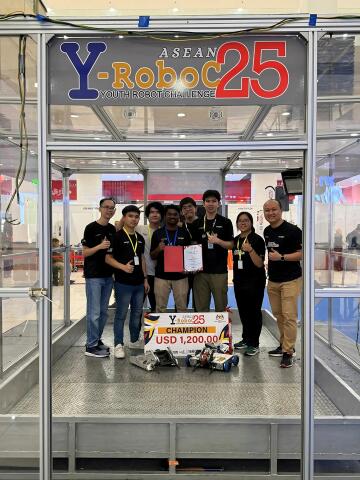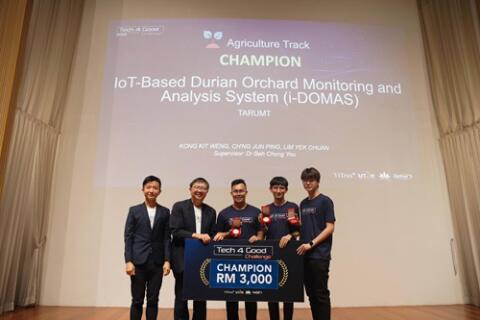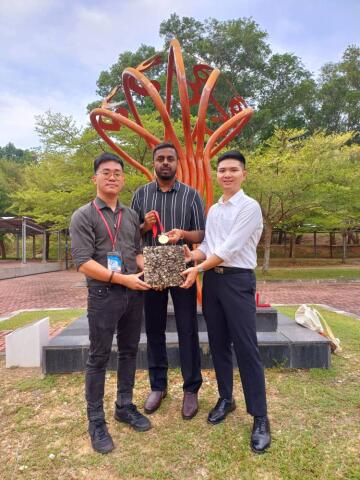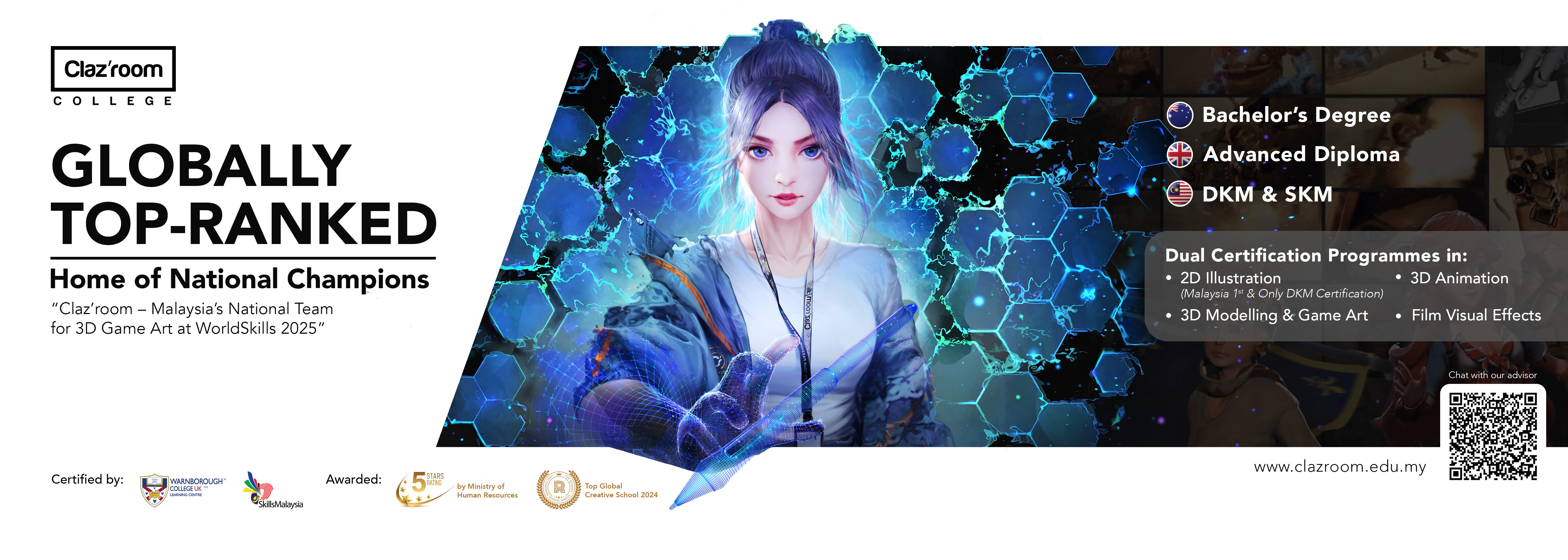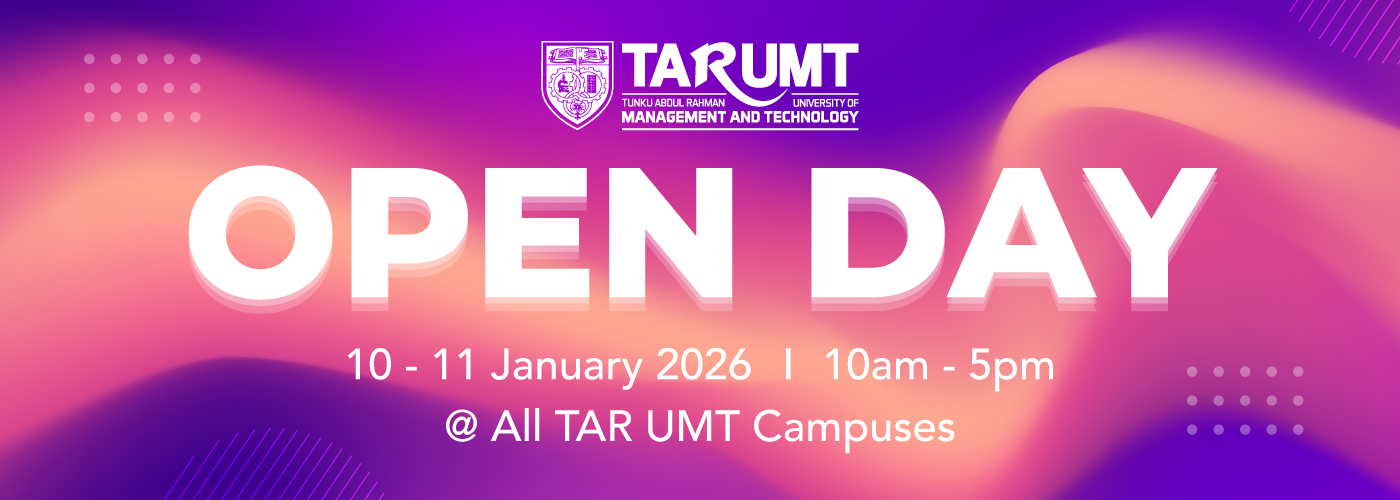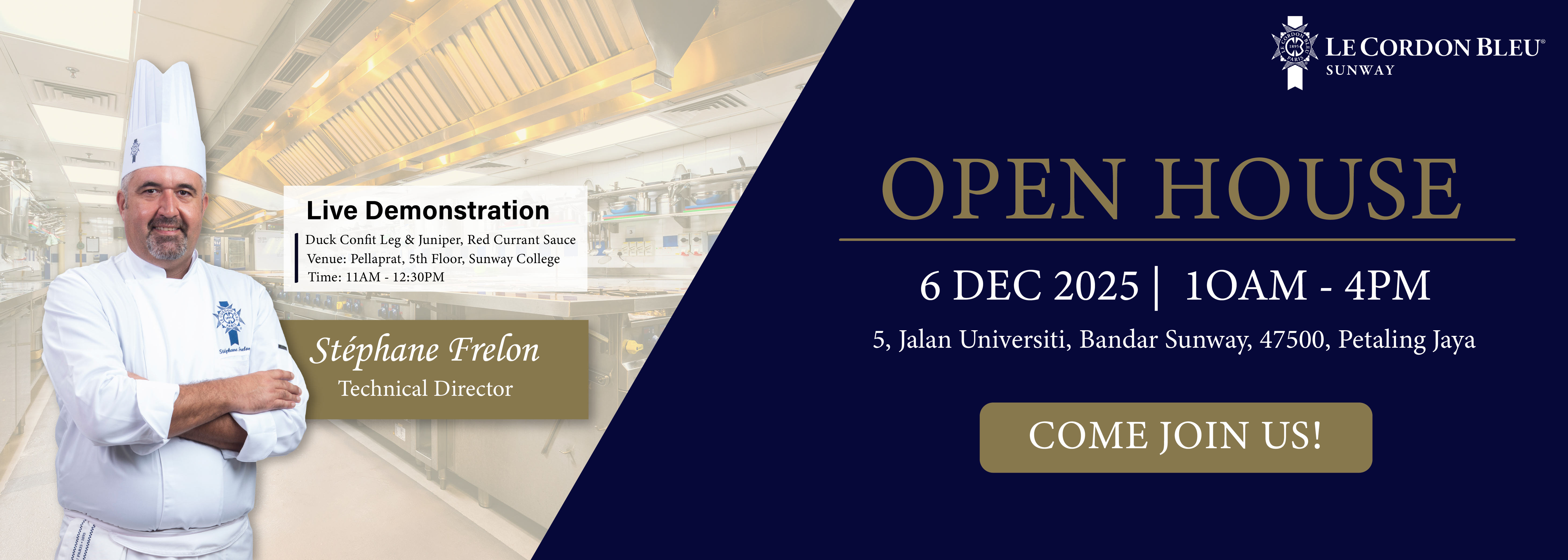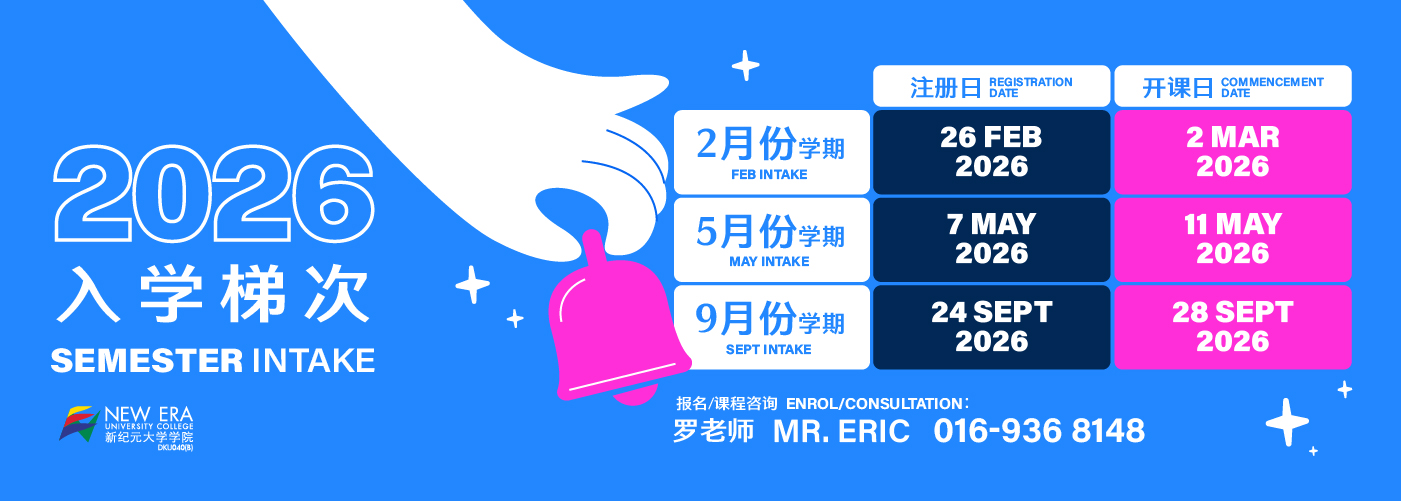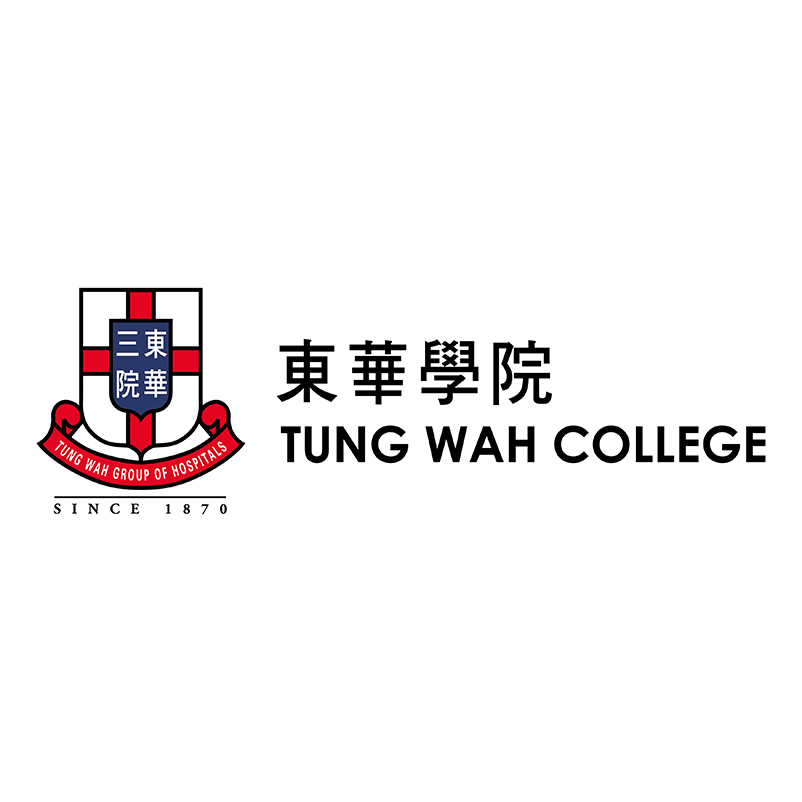Introduction To Research In AI And Deep Learning
By Dr. J. Joshua Thomas MSc, PhD
Department of Computing
The global pandemic has brought artificial intelligence into the spotlight. The emphasis at UOW Malaysia KDU Penang University College Department of Computing in ensuring that Artificial Intelligence (AI) is used to positively affect society has been confirmed by recent international concerns.
The challenge of simulating (or creating) intelligence has been broken down into several sub-problems. Reasoning, information representation, preparation, learning, natural language processing, perception, and the ability to transfer and control objects are all typical AI research topics.
In this article, we will introduce research in AI and deep learning.
How did AI start?
In 1956, during a landmark meeting in Dartmouth, the phrase "Artificial Intelligence" was created. Scientists and media hype made idealistic promises about the prospects of AI breakthroughs at that early stage of AI development. Some experts have stated that in the next 20 years, machines will be able to perform all of the tasks that humans can.
Early researchers created algorithms that mimicked humans' step-by-step reasoning while solving puzzles or making rational deductions. AI study today revolves around information representation and knowledge engineering.
Many of the problems that computers are supposed to solve necessitate a broad understanding of the environment.
In regards to traditional planning issues, the agent concludes that it is the only machine operating in the universe, allowing it to be confident of the outcome of its actions. If the agent is not the only player, however, the agent must be able to reason in the face of uncertainty.
Photo by Possessed Photography on Unsplash
AI today
AI has surged in recent years, particularly since 2015. Much of this is due to the widespread availability of graphics processing units (GPUs), which make parallel computing quicker, cheaper, and more powerful than ever before.
It also has to do with the one-two punch of almost limitless storage and a deluge of data of all kinds such as pictures, text, transactions, mapping data and more.
Moreover, AI is expected to contribute $15.7 trillion to the global economy by 2030.
Despite the fact that some individuals believe intelligent machines will one day replace humans, having intelligent robots in the workplace will provide safer and more efficient work environments that will complement rather than replace humans.
Artificial intelligence is now being used to create intelligent devices to assist individuals in need. Manufacturers have been employing artificial intelligence in equipment for years, and factories are becoming more automated every day.
What is deep learning?
The focus of modern Artificial Intelligence (AI) research focuses more and more upon fields such as Deep Learning. Deep learning is a machine learning and artificial intelligence (AI) technique that mimics how people acquire knowledge.
Data science, which encompasses statistics and predictive modelling, incorporates deep learning as a key component. Deep learning is particularly useful for data scientists who are responsible with gathering, analysing, and interpreting enormous volumes of data; it speeds up and simplifies the process.
The study of computer algorithms that develop automatically has been a fundamental concept in AI research since the field's inception. The quantity of data we create every day is enormous—current estimates put it at 2.6 quintillion bytes—and it is this resource that enables deep learning.
This rise in data production is one reason why deep learning skills have developed in recent years. Deep learning algorithms require a lot of data to learn from.
This ability to identify patterns in a stream of data is known as unsupervised learning. Whereas, both classification and linear regression are part of supervised learning. After seeing something, classification is used to decide the group to which it belongs.
After seeing a variety of examples of objects from various categories, classification is used to decide the category something falls in.
Meanwhile, the attempt to create a function that explains the relationship between inputs and outputs and predicts how the outputs should change as the inputs change is known as regression.
How does deep learning work?
Deep learning computer algorithms go through a similar process to a child learning to recognise a dog. Each algorithm in the hierarchy performs a nonlinear transformation on its input before generating a statistical model as an output.
Iterations continue until the result is accurate enough to be useful. The word deep was motivated by the amount of processing layers that data must flow through.
Deep learning applications
Photo by Szabo Viktor on Unsplash
Deep Learning applications may appear disillusioning to the average person. However, those who have had the opportunity of learning about the machine learning world realise the worldwide impact that deep learning is having by investigating and resolving human issues across all domains. Here are a few examples:
- Self driving cars
- Visual recognition
- Virtual assistants
- Colourisation of black and white images
- Fraud detection
- Healthcare
- Automatic game playing
- Language translation
Why is a computer scientist needed?
Photo by Kelly Sikkema on Unsplash
Computer scientists are required in the development of AI since they must monitor how the system reacts to various factors. When the machine observes new scenarios, the computer scientist must be able to advise it on what to do.
This is one of the reasons why new AI technologies will provide new employment while simultaneously eliminating some. Repetitive tasks, such as assembly line labour, will be the first to be replaced by AI. Programming will be a new professional path that will increase the efficiency of automated systems.
You can get a Computer Science degree here at UOW Malaysia KDU in our Penang campus. Our programme will expose you to various aspects of computer networking, software development and more.
Final Remarks
These principles pervade our work, as researchers across the UOW Malaysia KDU network collaborate across disciplines and borders to make a difference in both theoretical growth and real-world implementation.
The University College has initiated foundational research through the UOW Global Enterprise partner network through Theory and Methods Challenges. These represent the first steps in formalising appropriated research work at the UOW Malaysia KDU in the field of AI, as well as an opportunity for staff and students to have a greater international influence of research development in this area.
Advices


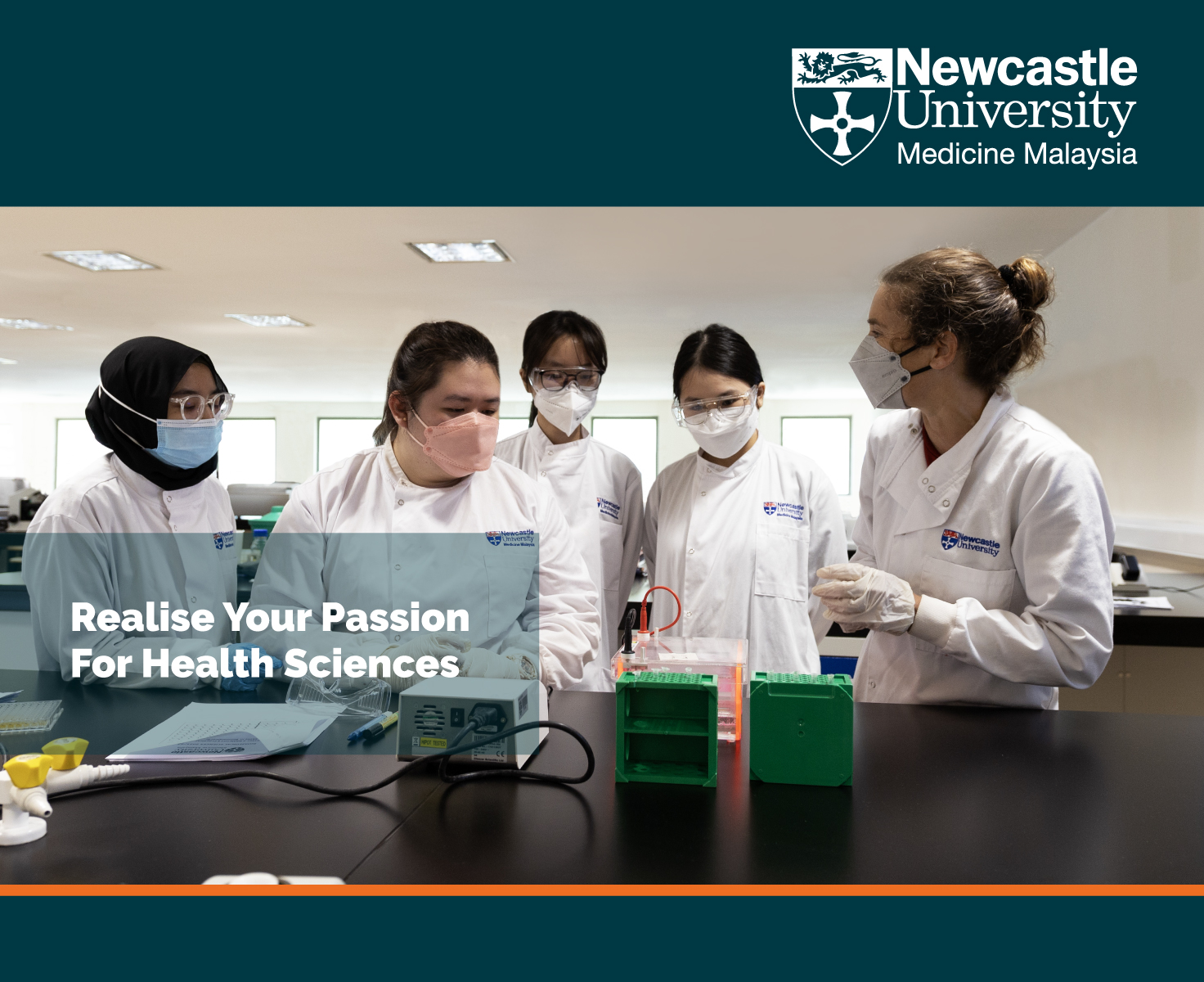


News from Institutions

